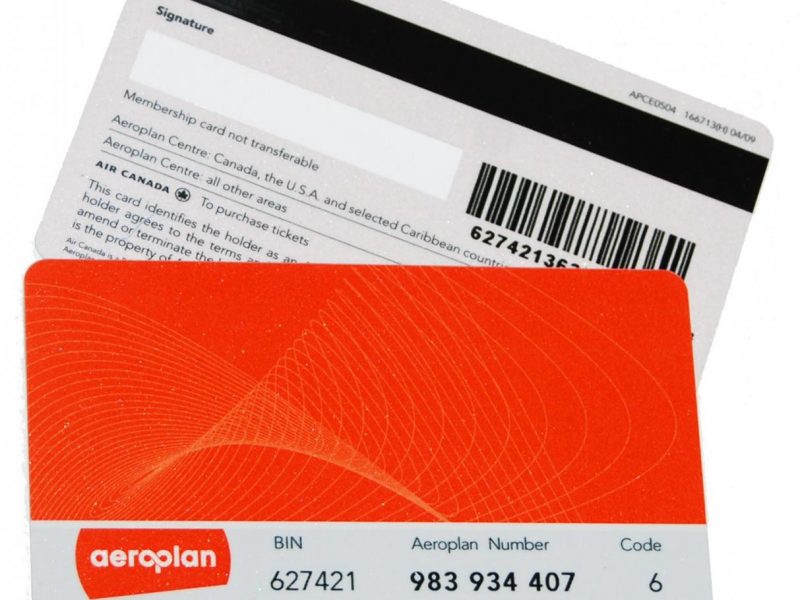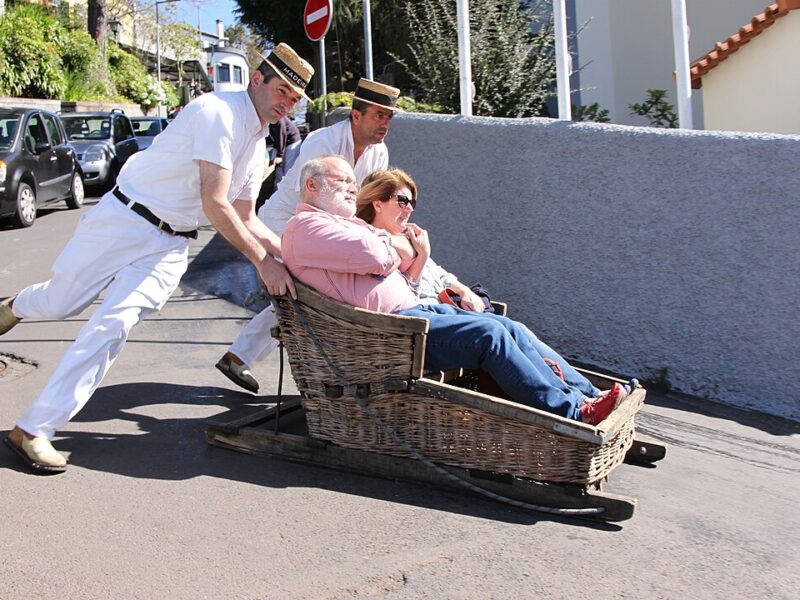Why does it seem that every time I fly, I’m lumped into one of the last groups of passengers to board the plane? It got me wondering about the many ways that airlines get people on to their aircraft and if there’s a best way to do it.
Some airlines board passengers by zones, some by seat rows, some by seat types and some by random order. What are the advantages and disadvantages of each method?
WilMA boarding
United Airlines made news a few months ago by switching to this method which boards passengers based on whether they are sitting at the window seat, the middle seat or the aisle seat. The idea is to reduce the interference between passengers who need to get to their seats and those who are already seated. There’s some evidence that when this is done with mathematical precision, it is the fastest way to get people onboard, maybe as much as 50 per cent faster. The only problem is that in the real world, we don’t move with mathematical precicion.
Back-to-front boarding
This method boards passengers from the back of the plane to the front, by seat rows or groups. The idea is to minimize the contact between passengers who are moving forward and those who are moving backward. Many airlines use this method, like JetBlue Airways, Alaska Airlines and Spirit Airlines.
Random boarding
This method assigns passengers to zones A, B or C and boards them according to their zones, with zone A boarding first. The idea is to distribute passengers evenly across the plane and avoid congestion in the aisles. The most extreme example I experienced was on an an internal flight in China I took years ago where they basically opened the door of the terminal building and passengers ran across the tarmac to the plane in order to grab the best seats. It seemed pretty fast, but it was also pretty chaotic.
Priority boarding
This method boards passengers who have paid extra fees, have elite status or have special needs first, followed by the rest of the passengers. The idea is to reward loyal customers, generate revenue and accommodate passengers who need assistance. This method is used by most airlines in conjunction with the methods listed above, and it’s probably why everybody’s boarding process falls apart. While studies show that letting families, the elderly and others with special needs get on board first helps speed things along, it’s when you start placing people randomly throughout the plane based on what kind of credit card they use or how much they got gouged for their ticket, some of the benefits of whatever optimized boarding method you’re using starts to break down.
The bottom line
No matter which technique an airline uses, I think a lot of the stress of boarding an aircraft comes down to finding room in the overhead bins for carry-on luggage. Ever since airlines began charging for checked luggage, the use of carry-ons has skyrocketed. Some argue that you could solve the problem by flipping the equation and charging for overhead luggage while making checked luggage free, but the fact is that airlines actually benefit from that empty hold by filling it with cargo that couriers and other shipping companies buy from them.
In the end, the only unbeatable method to avoid the frustration of boarding a plane is by flying first class, but that’s not very likely on a freelance writer’s salary.
Score your next flight deal with CheapOAir


